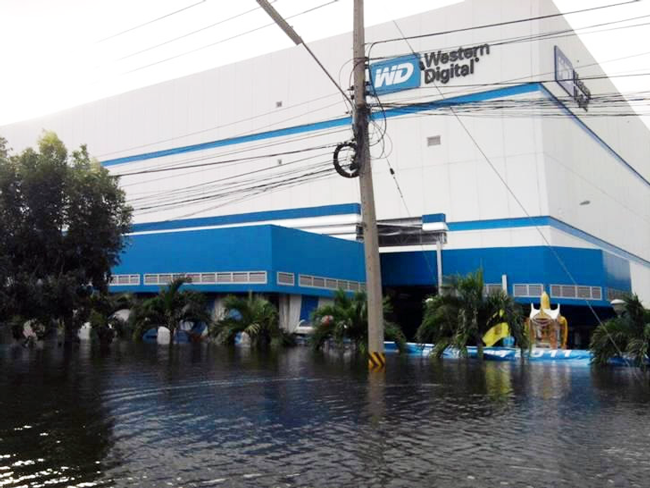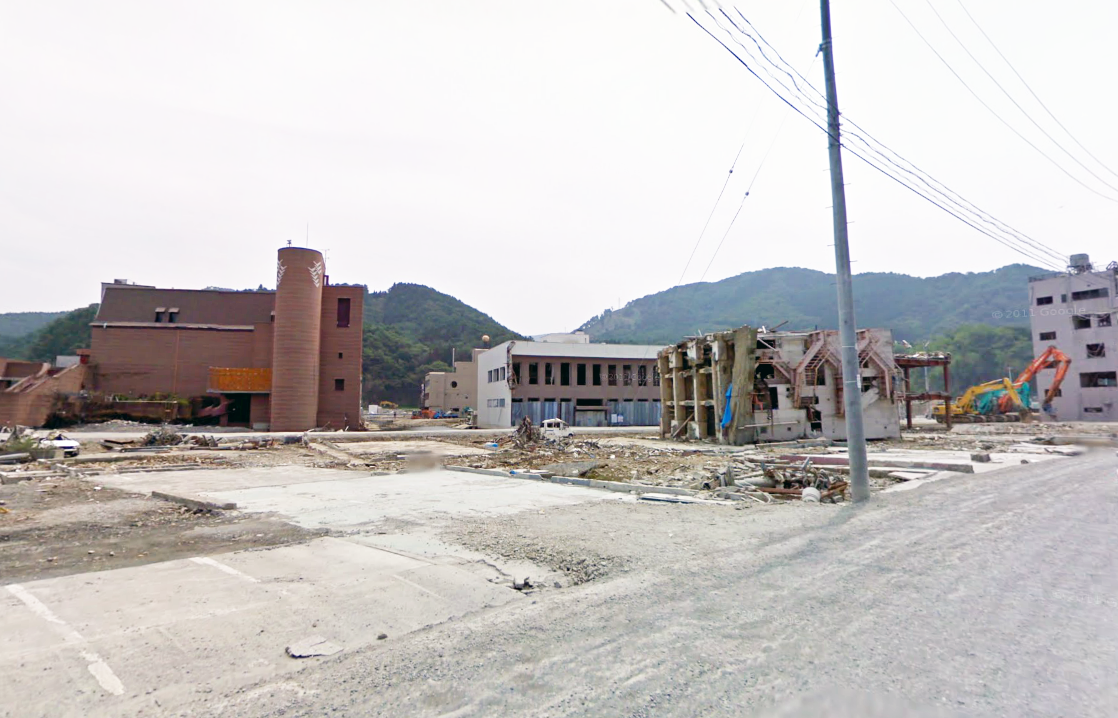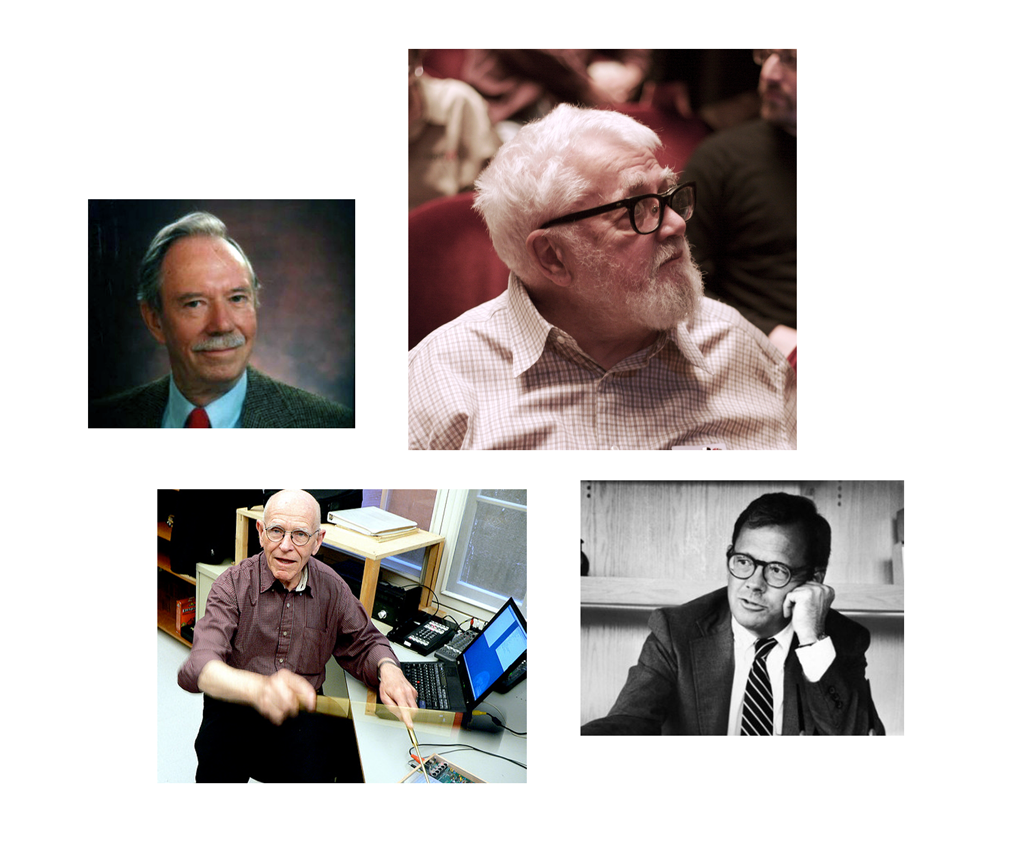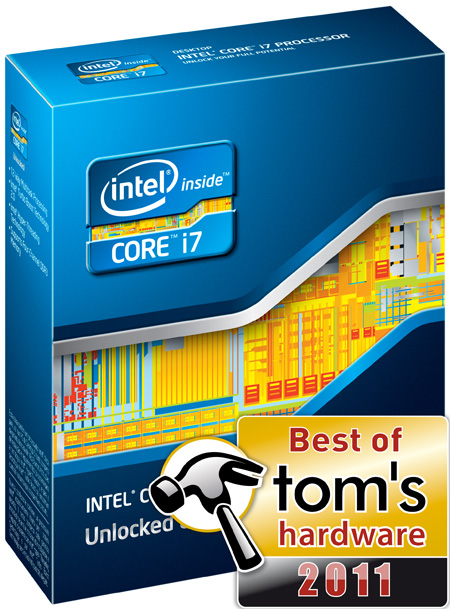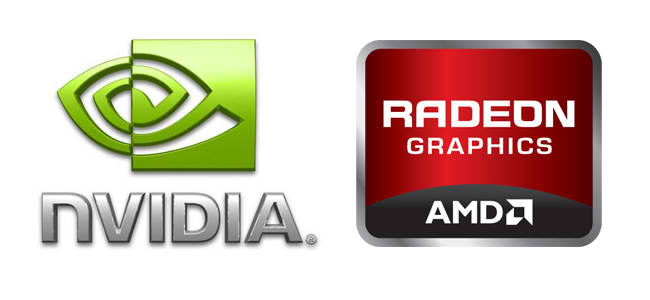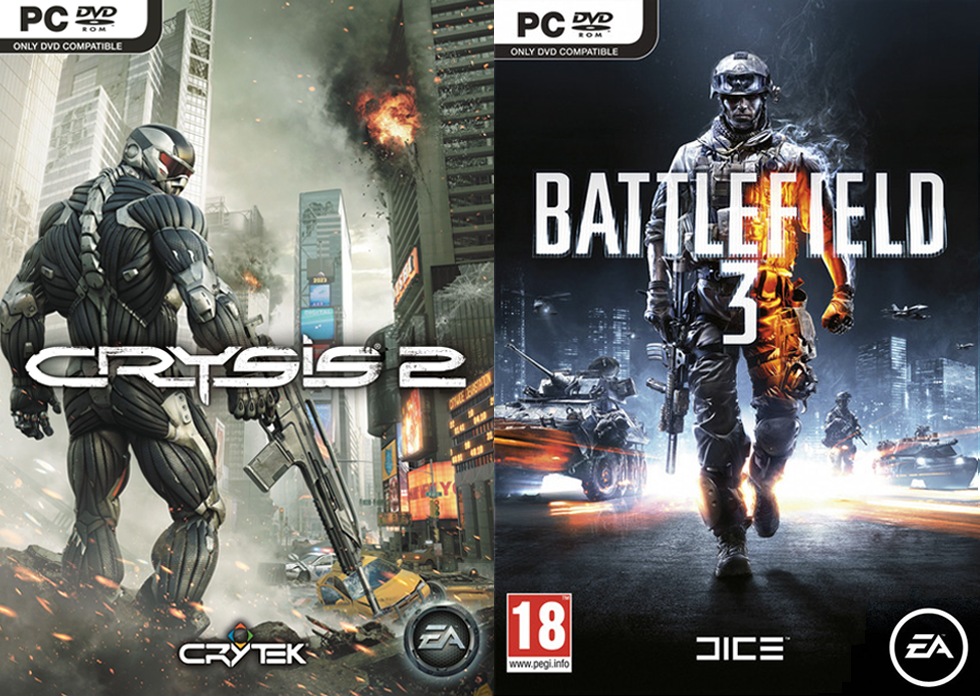In Pictures: 2011, A Year In Review
A Look Back At The Year In Tech
We've seen quite a bit over the past 12 months: skyrocketing hard drive prices, the passing of several technology greats, and of course a slew of new products, from processors and graphics to kick-ass games.
Not everything that hit our labs was as great as we had hoped. While technology always marches forward, we had our share of disappointments, too. Even still, we're hoping for even more exciting news in 2012. But before we ring in the New Year, let's take a look back at some of the major events, people, and products that affected the technology world in 2011.
Major Events: Thailand Flood
Have you seen the prices on hard drives recently? Within the last two months, they've more than doubled, most recently affecting our System Builder Marathon series. This all started with the 2011 monsoon season in southeast Asia. Unusually high rainfall displaced thousands of people and caused several major industrial areas to flood.
Thailand is the world's 2nd largest producer of hard drives, accounting for ~25% of production. This hit number-one manufacturer Western Digital especially hard because two of the company's assembling facilities are located there. Even drive vendors not located in Thailand were affected by component shortages. This caused Seagate, Toshiba, and others to suffer similar supply issues, even though their facilities are located elsewhere.
According to representatives at Seagate and Western Digital, a near-complete recovery is expected in the first quarter of 2012. Let's cross our fingers for lower prices on storage next year.
Major Events: Tohoku Earthquake
On March 11, 2011, one of the most powerful earthquakes in recorded history hit Japan. With a magnitude of 9.0 (Mw), the 2011 Tohoku earthquake is what set off the Fukushima Daiichi nuclear disaster, which topped headlines for weeks thereafter.
Unlike the flooding in Thailand, a wider range of industries were affected in Japan (everything from DRAM fabs to turbine production). Some of the hardest-hit include: Elpida (DRAM), Fujitsu (PCs), Panasonic (consumer electronics), Renesas (fab), Texas Instruments (fab), Toshiba (fab), Applied Materials (semiconductor materials), MEMC (silicon wafers), Canon (printers), Nikon (cameras and scanners), and, of course, all of Japan's automakers.
Get Tom's Hardware's best news and in-depth reviews, straight to your inbox.
Memory Prices Plummet
Does your system sport less than 4 GB of RAM? If ever there was a year to upgrade, 2011 was it, as DRAM prices dropped significantly. Back in August, upgrading a notebook with a dual-channel kit would have cost $166. Today, that same kit runs $40.
Remember A Few Technology Greats
For better or worse, Steve Jobs changed our industry. But he is by no means the only notable name in technology deserving a moment of silence. While others didn't necessarily make headlines as often, their contributions advanced technology, too.
Clockwise (from top-center):Jean Bartik
was one of six women who programmed ENIAC.Daniel D. McCracken
wrote some of the first books on computer programming. His book on Fortran is still considered a standard.Dennis Ritchie
created the C programming language and, with Ken Thompson, the UNIX operating system.
Remember A Few Technology Greats, Continued
Clockwise (from top-center):
John McCarthy coined the term "artificial intelligence," invented LISP, and was a pioneer in time-sharing.
John R. Opel was IBM's CEO between 1974-1985, and basically built the behemoth we know as IBM today.
Max Mathews fathered the creation of digital music tools. You have him to thank for computer music.
Charles Walton pioneered the rise of RFID technology.
Intel's Sandy Bridge Architecture
Although the company certainly doesn't need it, Intel earned itself a pat on the back early on in 2011 when its Core i5-2500K took our 2011 Recommended Buy award. Solid per-clock improvements, the addition of Quick Sync, and an unlocked multiplier all piled on top of solid efficiency to make this a favorite that lasted a full 12 months.
Intel's Sandy Bridge-E Architecture
We realize that this one's a little more controversial than the Core i5-2500K, if only because an overclocked Sandy Bridge processor is almost every bit as fast as an overclocked Sandy Bridge-E-based chip. However, for the enthusiasts able to use six cores and eager to future-proof with PCI Express 3.0, LGA 2011 really does represent the best of the best.
That's why our editor-in-chief, Chris Angelini, gave his first-ever Best of Tom’s Hardware award to Intel’s Core i7-3930K. Why the -3930K and not the flagship -3960X? With more than $400 separating them, and very few hardware differences, you can get just as much speed out of the cheaper CPU.
AMD's FX-8150 (Bulldozer)
As Intel prepares for its Ivy Bridge launch, AMD suggests that we need to let go of the old "AMD versus Intel" mindset that pretty much defined processor comparisons since Tom's Hardware was started back in 1996. A few short months ago, its Bulldozer architecture was introduced to a lackluster reception, and you can read our Bulldozer coverage right here.
The company validly points out that Bulldozer is an architecture in its infancy, complemented by an aggressive roadmap. However, it'll have to evolve in a major way if AMD hopes to size up to its competition's next evolutionary project. Like it or not, those AMD versus Intel comparisons will continue being made so long as both companies keep designing mobile, desktop, and server processors.
We want competition, and we want it now. It’s disappointing to see Zambezi suck down the power of Intel’s highest-end processors under load, perform like its competition's year-old mainstream chips, and wear the branding of a family that, eight years ago, actually made Intel squirm.
Graphics War: AMD Vs. Nvidia
The graphics war between AMD and Nvidia wasn't as fervent as we've seen in the past. But it wasn't boring, either. The list of cards launched in 2011 includes: GeForce GT 440, GT 520, GTX 550 Ti, GTX 560 Ti 448 Core, GTX 560, GTX 560 Ti, GTX 590, Radeon HD 6450, 6670 and 6570, 6970, 6950, and Radeon HD 6990.
Next year is already expected to be more exciting. AMD's recent preview of the Radeon HD 7970 will give way to more cards based on the GCN architecture. Moreover, Nvidia's Kepler design is expected to arrive during the company's first quarter, which runs from February to April.
First-Person Shooters
There were several awesome titles that kept us strapped to our seats for hours on end this year. Two games, in particular, came in at the top of our list, not only because they were fun titles, but because they allowed our high-end hardware to stretch its legs a bit: Crysis 2 and Battlefield 3. Granted, it took some time for Crysis 2 to incorporate DirectX 11 support, and even then the implementation was considered questionable.

